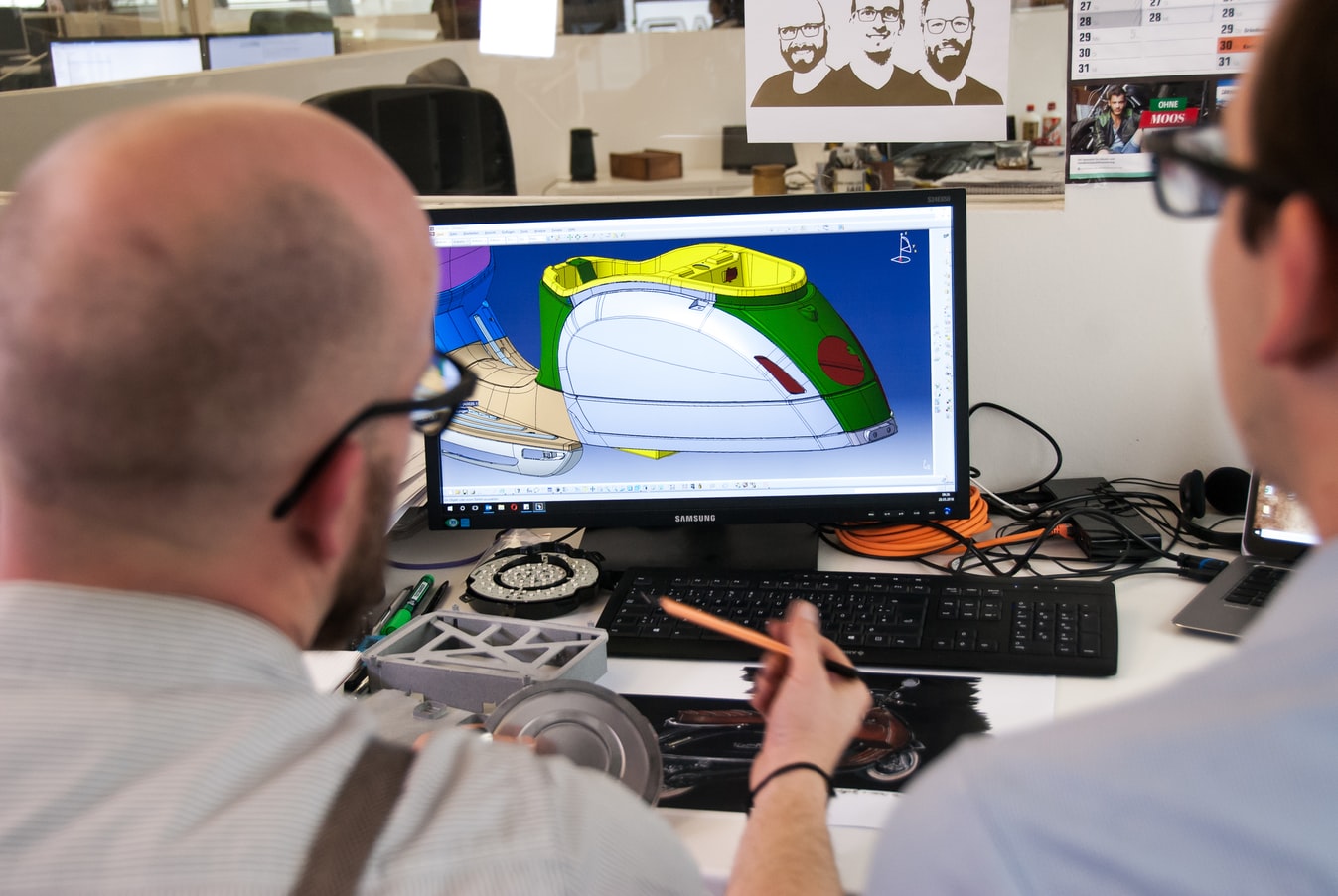A product designer is accountable for the customer experience of an item, often under the supervision of product management. Although product designers are generally connected with the visual/tactile elements, they may also contribute to the interface design and network design. The key to effective product design is a thorough grasp of the final consumer or the individual whose product is being designed. By combining empathy and understanding of their prospective clients’ frustrations, routines, requirements, behaviours, and wants, product designers strive to address fundamental issues for real people. There are many facets to product design, many subtleties to consider. Here is a list of critical elements to consider while developing a product.
Aesthetic appeal
The item’s appearance is the most visible aspect of the design process, and they are inevitably the first thing that consumers (and coworkers) will observe about how the product was developed. Before consumers consider the product’s specs, how it feels to use, or how well it fulfils its function, they will judge the product by its appearance. This is frequently a determining element when making a purchase. Maintain an awareness of design concepts in your business, as well as in related industries. Understanding how clients want their items to appear is critical. Concentrate on the company’s prior goods, the brand’s style, and its ethos.
Workmanship
This is when it is critical to prioritise “function.” Customers quickly forget about a product’s stunning appearance if it is uncomfortable or annoying to use. Assemble the thing in such a way that it is as pleasant and straightforward to use as feasible. You want the products to be as pleasurable to use as possible for the longest period. If some aesthetics are sacrificed for ergonomics, it is preferable to have a pleasant, easy-to-use but less-than-perfect-looking product than one which looks great but is a nightmare to use.
Resources
One of the most apparent design concerns is the material used to construct the object. This is where a detailed study of the product’s intended usage, anticipated life span, and environment is required to assure its survival. Focus on the materials used in everything, from the product’s ‘shell’ to the accessories such as nuts, screws, and bolts. Incorrectly specified hardware might cause a device to fail long before its planned lifespan. Make sure that you properly investigate the components and their flaws before using them.
Manufacturing
It’s easy to assume that in today’s modern-day, people can make anything they desire. That is not technically true. While complex forms and products are not difficult to create, they frequently need disassembly into smaller components cast or machined and assembled later.
Efficiency
Splitting a commodity into smaller parts is a strategy used by various industries, including automobile manufacturers. The concept is to create a single item component that can be used across several product lines. Consider modularity while designing the product. Future units and improvements grow simpler to manufacture, and fixing items becomes as easy as replacing the broken ‘module.’
Every business must innovate and progress in today’s fast-paced economy, which implies that generating ideas for new products should be a continuous activity within the corporation. The key to product development is to combine innovative ideas with consumer value, therefore developing a new market while being constrained by existing production capabilities, available funding, and the company’s brand and reputation.
While the product design process might be complicated in a global marketplace due to the disparate demands of different areas, cultures, and nations, the method’s essence remains: launching new products appealing to the intended users.
Author Bio: Alison Lurie is a farmer of words in the field of creativity. She is an experienced independent content writer with a demonstrated history of working in the writing and editing industry. She is a multi-niche content chef who loves cooking new things.

